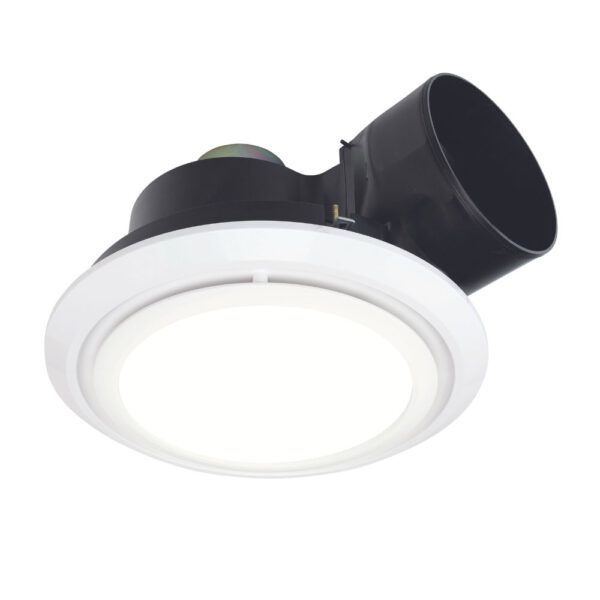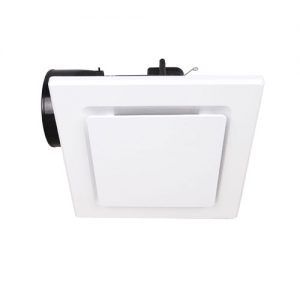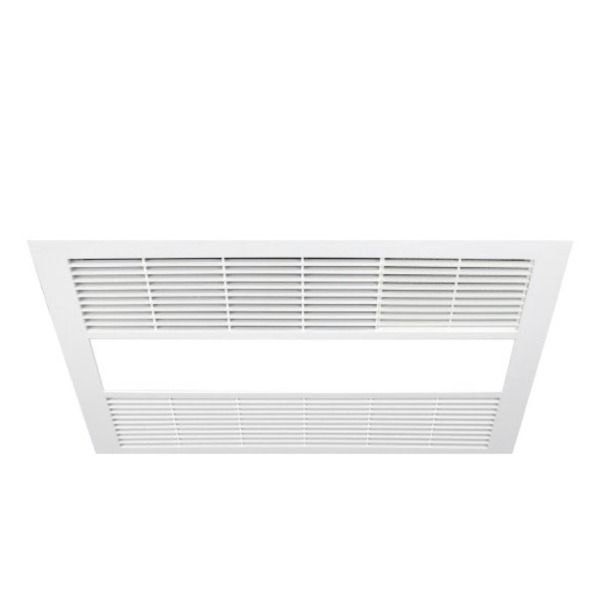Renovating? Mould Issues?
Sign up to our newsletter
Understanding the Purpose of a Bathroom Exhaust Fan
Ever wondered about the role of a bathroom exhaust fan? It's more than just a fixture; it plays a crucial part in maintaining a healthy and functional bathroom environment. Let's delve into the primary functions that make a bathroom exhaust fan an indispensable addition:
Control Odours:
One of the key functions is to combat unwanted odours. The exhaust fan efficiently removes lingering smells, ensuring a fresh and pleasant atmosphere in your bathroom.
Stop the Growth of Mould:
Exhaust ventilation fans play a vital role in preventing mold growth by improving air quality and reducing moisture. These fans work by expelling moist air from inside a building to the outside, thereby reducing the humidity levels that mold spores need to grow
Prevent Condensation Damage
Excessive moisture can lead to condensation, potentially causing damage to walls, ceilings, and fixtures. The exhaust fan acts as a preventative measure, safeguarding your bathroom from the harmful effects of condensation.
Your bathroom exhaust fan is not merely a decorative element; it serves a vital purpose. Even in winter, utilizing the fan proves beneficial in maintaining optimal air quality and preventing potential issues. Let's explore why making use of your bathroom exhaust fan is a year-round necessity.
What is the new Ventilation standard
Exhaust and Ducting provisions have become more specific, specially in regard to the
discharging of the exhausted air.
Bathrooms
An Exhaust Fan system must have a minimum extractions capacity of 25 litres per second or 90 cubic meters per house when installed
Toilets/Powder Rooms
An Exhaust Fan system must have a minimum extractions capacity of 25 litres per second or 90 cubic meters per house when installed
Laundry
An Exhaust Fan system must have a minimum extractions capacity of 40 litres per second or 144 cubic meters per house when installed
Kitchens
An Exhaust Fan system must have a minimum extractions capacity of 40 litres per second or 144 cubic meters per house when installed
What Type of Exhaust Fan?
Get A Free Quote
Speak to our team today to learn more about how a bathroom exhaust fan and heat light installation could benefit you and your home, and we will be able to provide you with a free, no-obligation quote. With years of experience in providing professional electrical services, you can rely on us to ensure great workmanship and personalised service at an affordable price.
For one of the most cost-effective commercial maintenance services from a commercial electrician Brisbane-wide,
contact Sparks Power today.


















